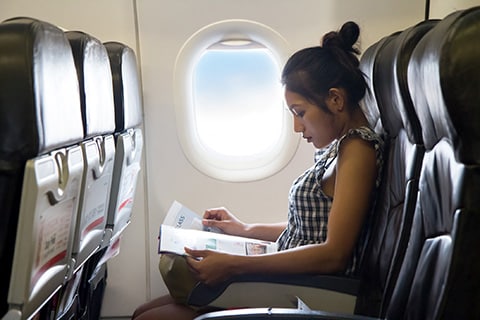What to know
- Cholera is rare in the United States.
- The few U.S. cases of cholera that occur every year are mostly linked to people returning from areas abroad where cholera is present.
- If you are traveling to an area where cholera is present, take steps to keep from getting sick.

Overview
Cholera was prevalent in the United States in the 1800s. With modern water and sewer treatment systems, there are now typically fewer than 20 U.S. cholera cases a year, most of which are related to travel to countries where cholera is prevalent.
U.S. travelers can drink water or eat food containing cholera bacteria while abroad, then get sick after returning home. Symptoms usually appear 2-3 days after consuming cholera bacteria but can show up within a few hours or up to 5 days.
Eating raw shellfish like shrimp and crab can be a source of cholera. Some travelers have brought seafood home from abroad and gotten sick. Very rarely, U.S. residents have gotten cholera after eating raw or undercooked shellfish from the Gulf of Mexico.
Through its partnerships with state and local health departments, CDC tracks U.S. cholera cases. Cholera cases that occur in other countries are tracked in compliance with the World Health Organization's International Health Regulations.
If you plan to travel, see if you're going to a place where cholera is present and how to reduce your risk of getting sick.
